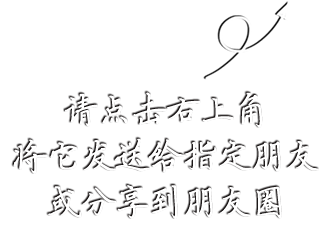接下来我们要使用Mesh读入.X文件,关于.X文件,其实可以说很多,我们可以用外部的工具例如3DS MAX来建立.3ds文件,然后利用微软提供给我们的工具转换成.X文件,如果你同时会用3DS你也许会问,那材质怎么办? 你不用担心,.X文件能自动的包含材质,和动画,所以利用Mesh我们可以方便的八我们在3DS MAX的做品用在游戏中。
.X文件允许自定义的扩展,当然这个我们在以后的内容也会讲到,我们先看怎么使用,顺便提一句,还有一种用得比较多的文件格式.Md3格式的文件,也就是Quake3使用的文件,如果有机会我也会讲到。
关于3DS文件和.X转换可以参看GameRes网站的文章http://www.gameres.com/Articles/Program/Visual/3D/3DinApp.htm
接下来的过程简单的让你无法相信,请看:
private Mesh mesh = null; //建立Mesh对象
private Material[] meshMaterials; //用于保存材质
private Texture[] meshTextures; //用于保存纹理
private void LoadMesh(string file)
{
ExtendedMaterial[] mtrl; //保存Mesh子集信息,保存Material信息
// Load our mesh
mesh = Mesh.FromFile(file, MeshFlags.Managed, device, out mtrl);
// If we have any materials, store them
if ((mtrl != null) && (mtrl.Length > 0))
{
meshMaterials = new Material[mtrl.Length];
meshTextures = new Texture[mtrl.Length];
// Store each material and texture
for (int i = 0; i < mtrl.Length; i++)
{
meshMaterials[i] = mtrl[i].Material3D;
if ((mtrl[i].TextureFilename != null) && (mtrl[i].TextureFilename != string.Empty))
{
// We have a texture, try to load it
meshTextures[i] = TextureLoader.FromFile(device, "..\..\" + mtrl[i].TextureFilename);
}
}
}
}
如果你觉得这里代码比较混乱,没有关系,我们来理一理,首先要说的是Mesh类还有两个主要的静态方法可以加载外部模型。这两个方法分别是Mesh.FormFile和Mesh.FromStream。两个方法本质上来说都是一样的,stream方法有更多的重载以适应不同大小的流。Mesh.FormFile最简单,我们就先只介绍这个,这个方法有很多重载的版本,我们用的是参数最多的一个,这样其他的也都好理解了:
public static Mesh FromFile(
string filename, //文件名
MeshFlags options,// 控制着去哪里以及如何加载数据
Device device,// 渲染mesh的device
out GraphicsStream adjacency,//保存每个面相邻的3个面
out ExtendedMaterial materials,// 保存了普通的Direct3D材质和一个加载为纹理的字符串,常是使用的纹理或资源文件名
out EffectInstance effects //描述了用于mesh的HLSL材质文件和值。
);
我们使用的是一个有4参数的方法:
public static Mesh FromFile(
string filename,
MeshFlags options,
Device device,
out ExtendedMaterial materials
);
接下来,如果读入的这个.X文件有材质或者纹理,就根据材质和纹理的大小建立数组以保存这些纹理和材质。因为mesh中可能有许多不同的子集,所以需要分别创建一个材质和纹理的数组以满足每一个子集的需要。Mesh会自动地把每一个子集和这些子集的材质纹理一一对座。
这样我们就完成了一个LoadMesh函数,这个函数我们可以用在以后任何需要读入.X文件的地方,十分的方便。
下面我们来看看我们的成果,当然我们还需要在绘图的地方加几句:
for (int i = 0; i < meshMaterials.Length; i++)
{
device.Material = meshMaterials[i];// 把保存的材质赋予device;
device.SetTexture(0, meshTextures[i]);// 把纹理赋予device,如果没有就为Null
mesh.DrawSubset(i);// 根据子集的ID调用DrawSubset方法
}
好了,现在我们可以在以往的框架的基础上编译一下了,我们可以看到已经读入了一个.X文件,不管怎么样 都是值得庆贺的。我们再看看SDK Tutorial6的例子后,发现这个程序的结果可以旋转,其实也很好实现,我们只需要设置一下旋转矩阵就可以了,就像上一张我们讲的那样,在上面那段for前面加上一句就可以了:
device.Transform.World = Matrix.RotationYawPitchRoll(yaw, pitch, roll) * Matrix.Translation(x, y, z);
好了这样我们也就达到目的了,你也可以随自己的意思设置变换矩阵,很COOL吧?
好了,下面是完整的代码,如果大家有什么意见,发到我的blog上吧。大家一起进步。
using System;
using System.Drawing;
using System.Collections;
using System.ComponentModel;
using System.Windows.Forms;
using System.Data;
using Microsoft.DirectX;
using Microsoft.DirectX.Direct3D;
namespace Chapter5Code
{
/// <summary>
/// Summary description for Form1.
/// </summary>
public class Form1 : System.Windows.Forms.Form
{
private Device device = null;
private Mesh mesh = null;
private Material[] meshMaterials;
private Texture[] meshTextures;
/// <summary>
/// Required designer variable.
/// </summary>
private System.ComponentModel.Container components = null;
private float angle = 0.0f;
public Form1()
{
//
// Required for Windows Form Designer support
//
InitializeComponent();
this.SetStyle(ControlStyles.AllPaintingInWmPaint | ControlStyles.Opaque, true);
}
/// <summary>
/// We will initialize our graphics device here
/// </summary>
public void InitializeGraphics()
{
// Set our presentation parameters
PresentParameters presentParams = new PresentParameters();
presentParams.Windowed = true;
presentParams.SwapEffect = SwapEffect.Discard;
presentParams.AutoDepthStencilFormat = DepthFormat.D16;
presentParams.EnableAutoDepthStencil = true;
// Create our device
device = new Device(0, DeviceType.Hardware, this, CreateFlags.SoftwareVertexProcessing, presentParams);
// Load our mesh
LoadMesh("..\..\tiny.x");
}
private void LoadMesh(string file)
{
ExtendedMaterial[] mtrl;
// Load our mesh
mesh = Mesh.FromFile(file, MeshFlags.Managed, device, out mtrl);
// If we have any materials, store them
if ((mtrl != null) && (mtrl.Length > 0))
{
meshMaterials = new Material[mtrl.Length];
meshTextures = new Texture[mtrl.Length];
// Store each material and texture
for (int i = 0; i < mtrl.Length; i++)
{
meshMaterials[i] = mtrl[i].Material3D;
if ((mtrl[i].TextureFilename != null) && (mtrl[i].TextureFilename != string.Empty))
{
// We have a texture, try to load it
meshTextures[i] = TextureLoader.FromFile(device, "..\..\" + mtrl[i].TextureFilename);
}
}
}
}
private void SetupCamera()
{
device.Transform.Projection = Matrix.PerspectiveFovLH((float)Math.PI / 4, this.Width / this.Height, 1.0f, 10000.0f);
device.Transform.View = Matrix.LookAtLH(new Vector3(0,0, 580.0f), new Vector3(), new Vector3(0,1,0));
//device.RenderState.Ambient = Color.DarkBlue;
device.Lights[0].Type = LightType.Directional;
device.Lights[0].Diffuse = Color.White;
device.Lights[0].Direction = new Vector3(0, -1, -1);
device.Lights[0].Update();
device.Lights[0].Enabled = true;
}
protected override void OnPaint(System.Windows.Forms.PaintEventArgs e)
{
device.Clear(ClearFlags.Target | ClearFlags.ZBuffer, Color.CornflowerBlue, 1.0f, 0);
SetupCamera();
device.BeginScene();
// Draw our Mesh
DrawMesh(angle / (float)Math.PI, angle / (float)Math.PI * 2.0f, angle / (float)Math.PI / 4.0f, 0.0f, 0.0f, 0.0f);
device.EndScene();
device.Present();
this.Invalidate();
}
private void DrawMesh(float yaw, float pitch, float roll, float x, float y, float z)
{
angle += 0.01f;
device.Transform.World = Matrix.RotationYawPitchRoll(yaw, pitch, roll) * Matrix.Translation(x, y, z);
for (int i = 0; i < meshMaterials.Length; i++)
{
device.Material = meshMaterials[i];
device.SetTexture(0, meshTextures[i]);
mesh.DrawSubset(i);
}
}
/// <summary>
/// Clean up any resources being used.
/// </summary>
protected override void Dispose( bool disposing )
{
if( disposing )
{
if (components != null)
{
components.Dispose();
}
}
base.Dispose( disposing );
}
#region Windows Form Designer generated code
/// <summary>
/// Required method for Designer support - do not modify
/// the contents of this method with the code editor.
/// </summary>
private void InitializeComponent()
{
this.components = new System.ComponentModel.Container();
this.Size = new Size(800,600);
this.Text = "Form1";
}
#endregion
/// <summary>
/// The main entry point for the application.
/// </summary>
static void
Main
()
{
using (Form1 frm = new Form1())
{
// Show our form and initialize our graphics engine
frm.Show();
frm.InitializeGraphics();
Application.Run(frm);
}
}
}
}
其实我们都已经发现,到目前为止我们的程序都是遵循一个固定的框架,有时候你发现程序很长,其实从框架角度来看,就没那么长了,怕看长代码的人可以注意一下,同时很多代码都是通用的。下次学习怎么操控Mesh。
By sssa2000
DirectX9 3D 快速上手 4
80酷酷网 80kuku.com





